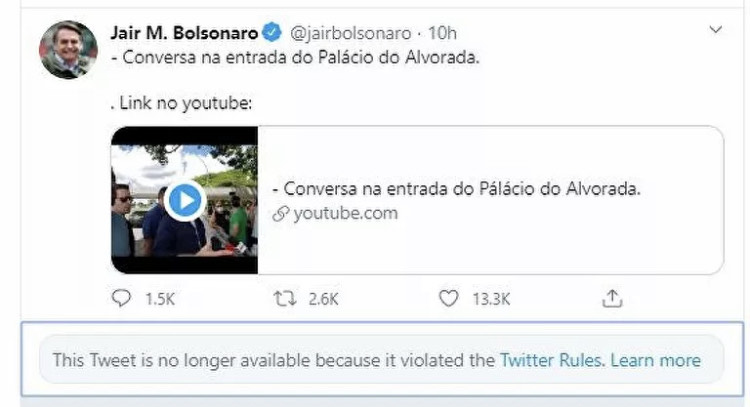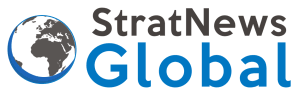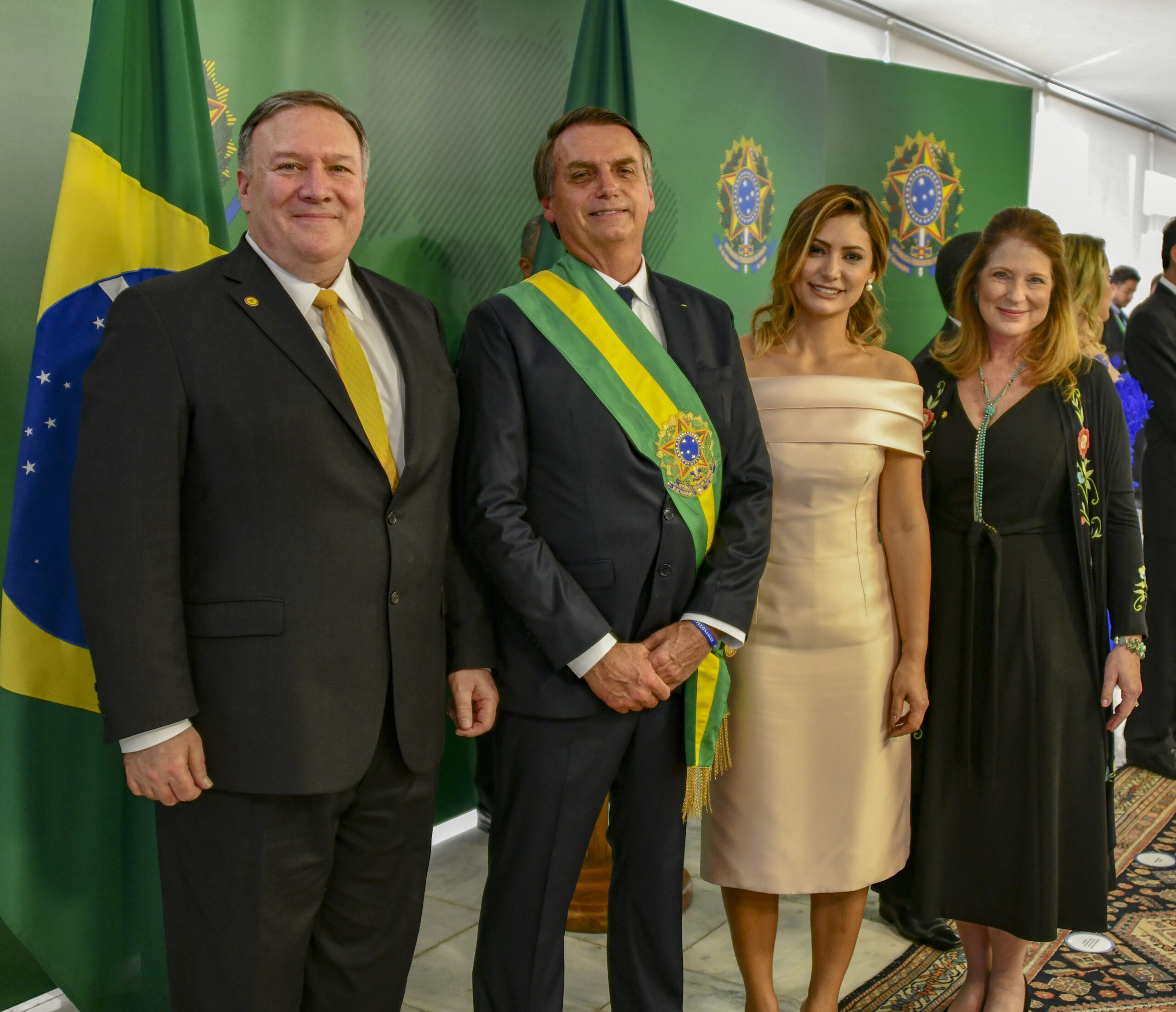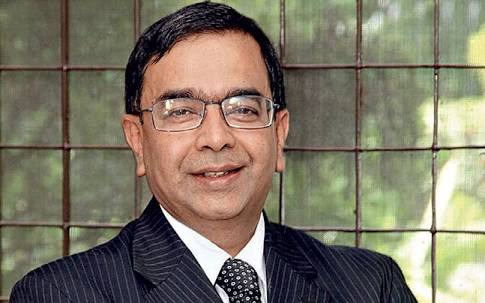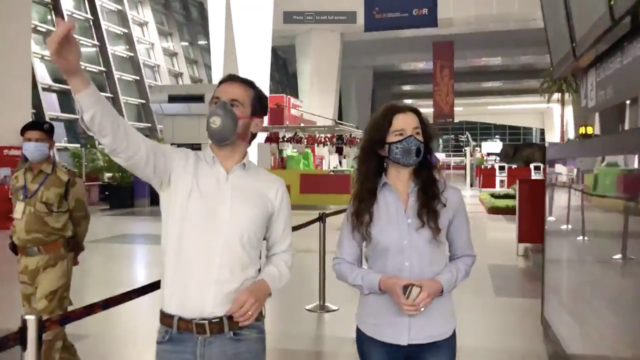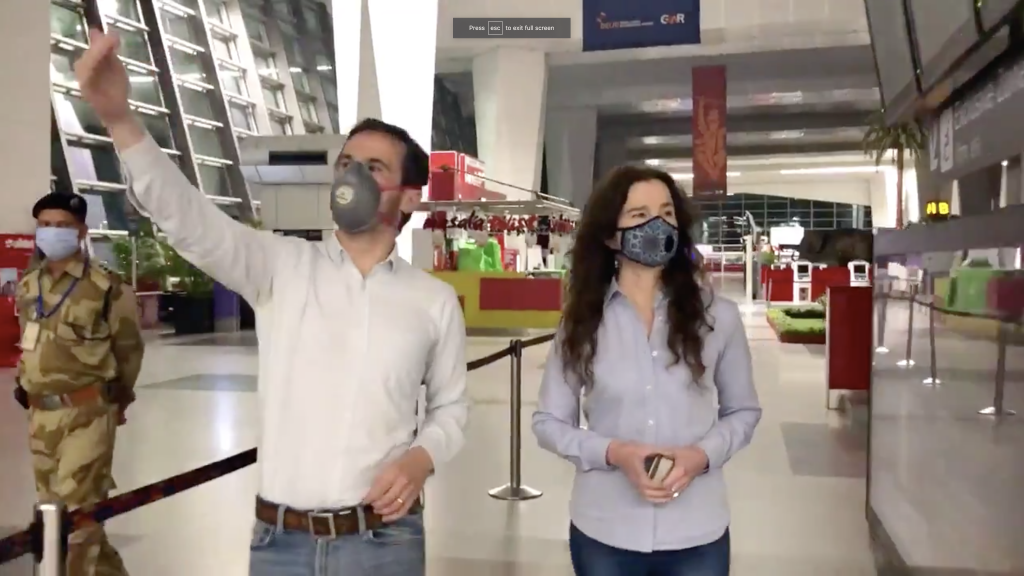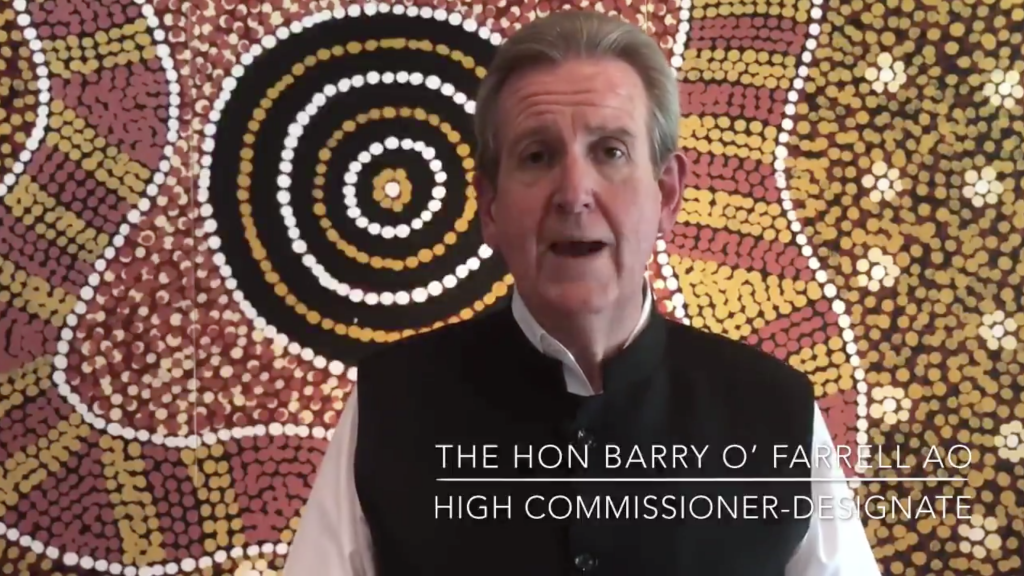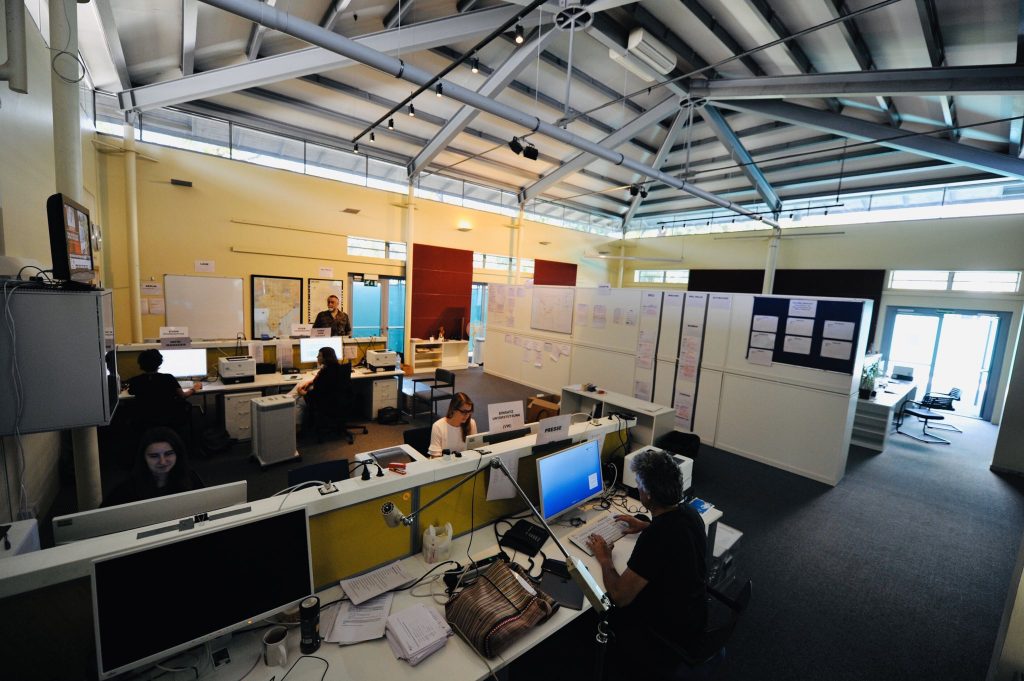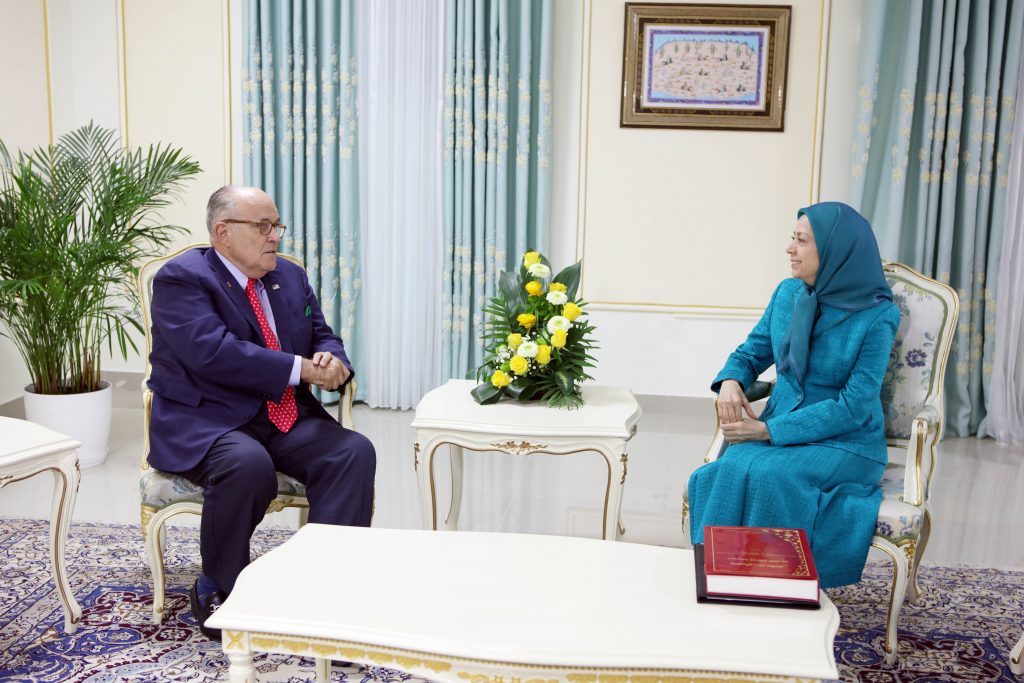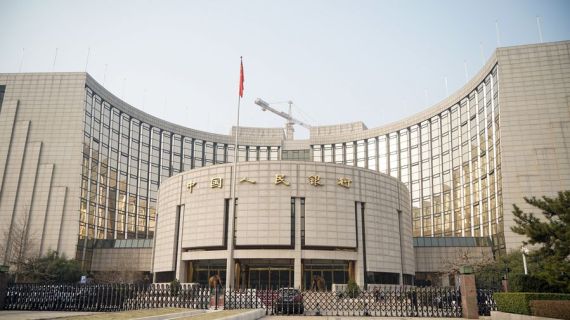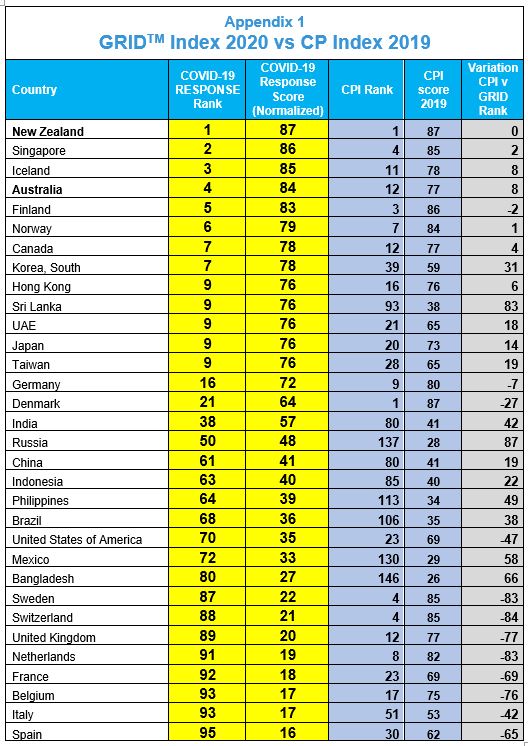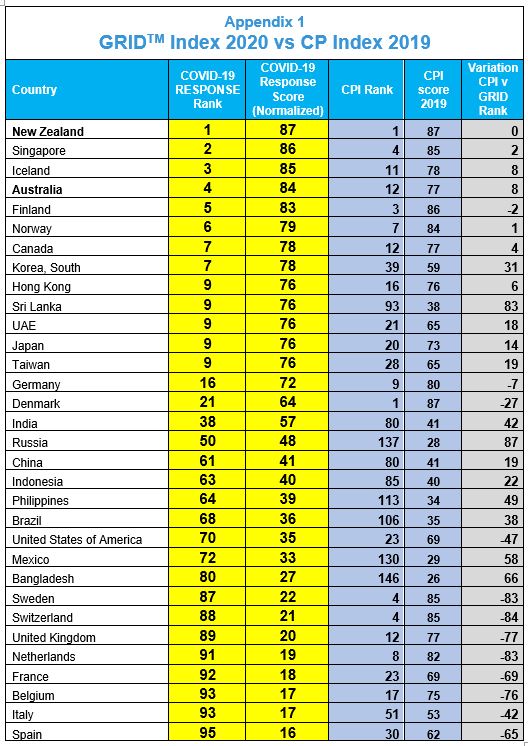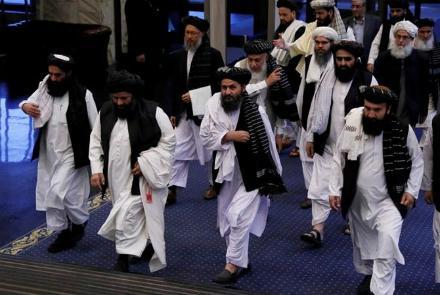NEW DELHI: The novel coronavirus is here to stay and will re-emerge from time to time as a human infection, warns Dr. K Srinath Reddy, President of the Public Health Foundation of India and a key figure in the government’s Covid-19 task force. He said that ecological degradation has resulted in a conveyor belt for viruses to travel from wildlife to veterinary populations and then on to humans. In an interview to StratNews Global Deputy Editor Parul Chandra, he said people must continue social distancing norms, strict personal hygiene and wear masks to contain the spread of the virus even in the post-lockdown period. Read on:
Q: With the countrywide Covid-19 lockdown now extended to May 3, how is it helping India contain the pandemic? By when do you expect the curve to flatten? And could the numbers spike once the lockdown is lifted?
A: The lockdown was intended to markedly slow down the speed of viral transmission, while the response capacity of the health, administrative and social systems are built up. It also prepares people to understand and accept the need for continued social distancing after the lockdown ends and life resumes at a controlled pace. It has catalysed multi-sectoral coordination, centre-state consultations and fostered a less acerbic political discourse that has at least temporarily transcended partisan divides in the interest of a unified national response.
I expect the infections to start levelling off by end of April and starting to dip by mid-May. The fall in deaths will take a couple of more weeks as there is lag time between virus entry into the body and death. If we continue to observe social distancing and practice personal hygiene supplemented if possible, by the use of masks in public, we should be able to contain the spread even in the post-lockdown phase. We will still have the virus amidst us but we need not gift it the opportunity to leap from person to person. Lockdown is enforced discipline. Post-lockdown, personal discipline will be needed.
Q: The health ministry continues to maintain that India is yet to reach Stage 3 of the disease, i.e., community transmission? Is it really the case given that there have been reports of people with no history of recent travel abroad nor contact with someone who’s been abroad testing positive for Covid-19?
A: Different definitions have been used by different agencies to define community transmission. Without quibbling over terms, it is better for us to see if the transmission trail is mostly traceable to the first wave of virus transporters and their contacts or whether a large number of unrelated cases are cropping up beyond the clusters. So far, such a weed like sprouting of unrelated cases is not readily visible.
However, virtually every major country which has been visited by the virus so far has experienced community spread. It should be no surprise if we do too. The real question to be asked is how extensive is it and can we contain it before the virus claims the whole country as its captive territory in a swift swoop. We need to slow it down to limit loss of life till an effective vaccine is available or ‘herd immunity’ develops over an extended period of controlled exposure.
Q: While India is now ramping up the numbers of those being tested for Covid-19, should it have gone in for widespread testing from the initial stages itself just as countries like South Korea did?
A: South Korea has a much smaller population and produced its own kits in sufficient numbers. We did not have the kits to undertake that level of testing. It is also a mistake to associate only high testing levels with the success of South Korea while comparing with Italy which has an older population, a far higher proportion of women smokers and a high exposure to flights from China to the Lombardy region where the Chinese had a large workforce. India had to compete with OECD countries for test kits, while trying to ramp up production in the country.
Further, testing is neither infallible (false negative or false positive results can occur) nor predictive of future risk (a person who is negative today can get infected tomorrow). Data from China show that a low positivity rate on mass testing means that many resources will have to be consumed if case finding was to depend only on testing. Kerala has done well with much lower levels of testing compared to the USA and UK or even Delhi. Belgium and Bolivia have populations of the same size. Bolivia performed only 2.4% of the tests performed by Belgium but has so far had only 31 deaths compared to 5,453 in Belgium. So, it is simplistic to harp on widespread testing as the most important measure to combat this epidemic, without taking into account the socio-demographic and environmental conditions of the population.
Q: Will India’s already weak and overburdened public health systems be able to handle a full-blown Stage 3 scenario when even more advanced nations like the US, UK, France and Italy with far better public healthcare systems have struggled to cope with the pandemic?
A: The scale of the epidemic is much less severe so far in India, compared to those in OECD countries. We may benefit from the fact that we initiated partial containment measures early on from February, went into total lockdown in late March and are continuing it through April with slow and staggered relaxation. The predicted ‘avalanche’ has not happened so far and we may yet avoid a major surge in May. We have also given ourselves time to prepare the health system for a stronger response than would have been possible in mid-March.
Q: What lessons can India draw from this pandemic to improve its public health infrastructure?
A: India needs to recognise the value of investing in a robust health system, especially in a stronger public health component. From disease surveillance, forecasting and modelling to prevention, containment and primary care, there are many elements that need to be greatly strengthened. In the context of zoonotic infectious diseases, a ‘one health’ surveillance system needs to be developed which integrates information of microbial spread in wildlife, veterinary population and human communities. Other infectious diseases as well as maternal and child health cannot be neglected. Non-communicable diseases and mental health need attention too. Universal health coverage is a commitment we must fulfil to the people. Apart from higher levels of public financing, it calls for health workforce expansion and strengthening of healthcare infrastructure. Health systems cannot suddenly develop surge capacity to meet public health emergencies if they have not been functioning well in the steady state.
Q: What are your thoughts on the manner in which China contained the pandemic? Could China have alerted the world sooner about the new virus that was killing people in Wuhan?
A: I will respond as a public health observer and refrain from any political comment. We must distinguish between the local authorities in Wuhan and the national authorities of China. The local authorities, both in the party and the civic administration, failed to take note early on and instead punished whistleblowers as ‘rumour mongers’. They were sacked for this misconduct by the national authorities who notified WHO in late December 2019. India responded early by stopping flights from China in February. Throughout January and February, there was no adverse action or complaint concerning China from the USA, UK or the EU. It is only when there was a surge of cases in these countries, which had delayed their response, that complaints against China were voiced. The sequence of events suggests that China’s national government did not delay the warning to WHO or to other countries, though there were lapses at the provincial level in Wuhan.
Q: Has the WHO failed in its task of helping the world contain the spread of Covid-19 especially with many believing it took too long to declare it a pandemic?
A: The WHO is the world’s premier public health agency which has provided the platform for a concerted global action against many diseases. The declaration of a pandemic comes when several countries from many continents are involved. The label may have been delayed but the facts were available in public domain even before the formal declaration. Sometimes, inter-governmental bureaucracies, which have to go through consultations and data verification exercises with member states, may not be as nimble as independent agencies because of in-built process delays. However, member states too have to act based on their best judgement. India did so, through several containment measures even before the lockdown. Countries which had delayed their own actions boast of great public health expertise and the best intelligence gathering ability in the world. Their delayed response is not explained by WHO’s actions.
Q: Is Covid-19 here to stay? And are we going to see more such instances of a pathogen crossing from animals to humans, something that’s being blamed on the damage humankind has been causing to the environment?
A: The novel Coronavirus has emerged on this planet and will continue to stay, if not in humans then in an animal reservoir. It may re-emerge periodically as a human infection, given an opportunity created by humans. There is no doubt that ecological despoliation, especially deforestation and industrial farming of animal foods for human consumption, have created a conveyor belt for viruses to travel from wildlife to veterinary populations and then on to humans. We definitely need to change the way we are creating environmental havoc lest we unleash more zoonotic viruses upon ourselves. As we sow, so we shall reap.
Q: Scientists are racing against the clock to develop vaccines to combat the virus? How long do you think it will take to develop a vaccine?
A: Several countries are rushing to develop and test a vaccine against this virus. Two Indian firms have entered the global race and others too may join them. The development of a vaccine has several stages, from lab to animals to humans. Efficacy and safety of any candidate vaccine will have to be ascertained in clinical trials. All of these steps will take over a year to be completed. Then large scale production has to be organised, for the vaccine to be available across the world. Around 18 months is a possible timeline, if all steps proceed smoothly.
